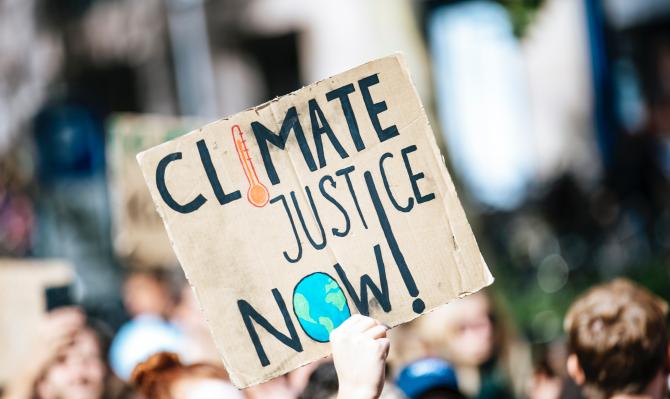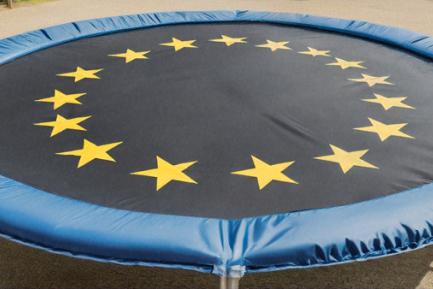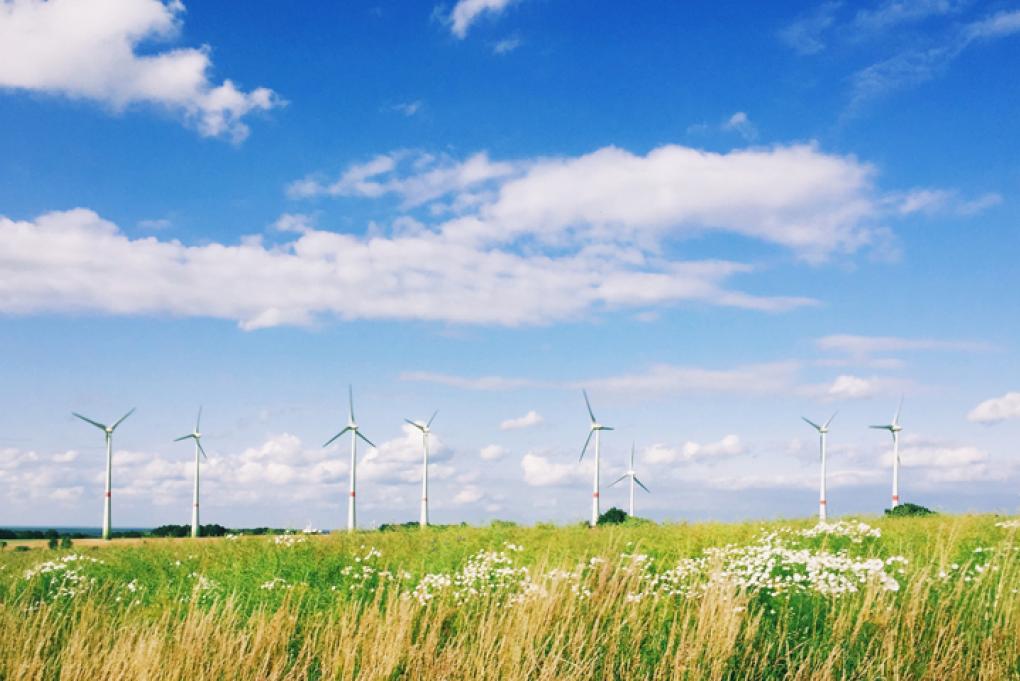The geopolitics of energy
What do you think would happen if, all of a sudden, the country where you live no longer had access to foreign sources of energy and the emergency systems could not supply the entire system for, say, a week? Such a situation (although it is an extreme case!) would evidently have significant adverse consequences for the daily lives of all citizens and highly negative macroeconomic implications. This serves to demonstrate the importance of having access to energy sources, continuously and at an affordable price. Thus, countries that have control over their energy sources can better protect their national interests and, in parallel, exert economic and political influence at the international level. In contrast, economies that are dependent on imports of fossil fuels may suffer energy security problems. In this regard, the current energy mix has led to the development of certain geopolitical relations in which net oil exporters play a significant role (OPEC members and Russia, mainly). Faced with the changes that lie ahead and which will shape the energy mix of the future, we must ask ourselves which states might gain geopolitical influence, which might lose it and whether today’s current partnerships will continue for a long time to come.
As we have seen in the article «The energy mix of the future» of this same Dossier, global energy consumption will continue to rise until at least 2030, mainly as a result of the momentum of the emerging Asian economies, albeit at a much slower rate than economic growth. In addition, the change in the composition of energy sources that is expected to take place over the coming years will lead to greater demand for natural gas and renewable energy, to the detriment of oil and coal. These dynamics will have two main implications at the geopolitical level. On the one hand, greater use of renewable energy sources will allow economies that foster them to become more energy independent, since they will be able to consume energy that is generated within their own territory. One of the best examples of a country that is almost energy independent is Iceland, where more than 80% of the energy it consumes comes from renewable energy sources generated within its territory (mainly geothermal and hydro).1 Renewable energies, therefore, will make it possible to reduce energy dependency. Currently, however, electricity that is generated using renewable sources, or indeed any other energy source, cannot travel long distances, making it hard to export and, consequently, to gain geopolitical influence.
On the other hand, increased consumption of natural gas to the detriment of coal will allow gas exporting countries to gain prominence in international relations, while the main exporters of coal and oil will lose influence.2 An example of this new trend that can already by seen is Qatar’s departure as a member of OPEC announced at the end of 2018, after which the country’s Minister for Energy argued that it was a strategic decision in order for the country to focus on the extraction and distribution of natural gas.3
As such, the main beneficiaries of this greater use of natural gas will be the biggest current net exporters (Russia and Qatar), as well as those expected to increase their net exports over the coming years (mainly Iran and the US, according to estimates by the US Energy Information Administration, or EIA). On the other hand, those adversely affected by the new energy mix will be Saudi Arabia, given that oil will make up a relatively smaller portion of the new energy mix, and the main exporters of coal, namely Australia and Indonesia, whose exports go to India and, above all, to China.4 Nevertheless, thanks to its abundant reserves of natural gas, Australia will be able to mitigate the negative impact of the decarbonisation process expected to take place in China by increasing its gas exports.
The increase in the consumption of natural gas will not only benefit the countries that export this fuel, however. Since it is primarily transported by pipelines, countries located at strategic points will also be able to benefit politically and economically. A clear example is Turkey, through which a gas pipeline passes that distributes gas from the Caspian Sea to Southern Europe. However, the expected increased use of liquefied natural gas (LNG) will moderate the influence of these transit countries. This form of processed gas can be transported long distances by merchant ships, provided that the receiving ports are equipped to handle it.5 This facilitates a greater homogenisation of the gas price internationally and provides importing countries greater bargaining power by increasing the range of potential vendors.
In this changing environment, focusing on the situation of Europe, a cornerstone of the EU’s strategy is to strengthen the region’s energy security, which means reducing its high degree of dependency on energy from abroad.6 Currently, more than half of the energy consumed in the region is imported, a phenomenon which can be seen above all in fossil fuels, where the main trade partners are Russia and Norway (currently, 90% and 69% of all the oil and natural gas consumed, respectively, is imported, and the dependency on imports of these fuels is expected to increase slightly according to European Commission estimates). The EU has expressed some concern in this regard due to the possibility that disruptions in the supply of these products, whether due to infrastructure failures or political or trade disputes, could make the member states that are most dependent on Russian oil and gas more vulnerable. Indeed, this occurred in 2009, when Russia stopped supplying natural gas to Eastern Europe due to its conflict with Ukraine, which until then was the main route through which Russian gas entered the rest of Europe. The work to be done in this regard should include increasing energy production within the EU (mainly through an increase of renewable energy), strengthening the internal energy market and diversifying the routes of entry and the supply of exporting countries. On this note of diversification, the European Commission has pointed out that, in addition to strengthening ties with current partners (mainly Norway, Russia and Saudi Arabia), it is necessary to improve alliances with new partners in the Caspian Sea (most notably Azerbaijan and Turkmenistan). By doing so, it is expected that the EU will be able to become a more energy independent region and, above all, have a greater diversity of suppliers.
If we look at the Iberian Peninsula in greater detail, the situation is a little more adverse than it is in the EU as a whole, since neither Spain nor Portugal have reserves of oil or natural gas and their geographical position makes gaining full access to the internal European market more difficult. This leaves these countries with among the highest energy dependency rates in the EU (see second chart). For this reason, the Integrated National Energy and Climate Plan proposed by the Spanish Government aims to reduce this rate by 15 pps by 2030, mainly through a reduction in energy intensity and greater use of renewable energies.7 In addition to the increase in the generation of energy through renewable sources, in the Iberian energy mix there will be an increase in the weight of natural gas. The largest exporter of this fuel is Algeria, which accounted for 45% and 35% of imports in Spain and Portugal in 2017, respectively.8 The alternatives to rely less on Algerian gas involve increasing imports of LNG (especially from the US) and strengthening ties with the European energy market. In fact, if these alternatives were properly developed, the Iberian Peninsula could contribute to reducing Europe’s overall energy dependency on Russia by becoming a thriving point of entry for gas coming from the other side of the Atlantic and Algeria.
In short, international relations forged through energy sources will continue to change, this time probably to the benefit of states that export gas. However, more efficient use of energy, together with the commitment to renewable sources, will allow countries that develop them to become more energy independent. As in the 1979 former US president Jimmy Carter words, «No one can ever embargo the sun».
Ricard Murillo Gili
1. The remaining 19% corresponds almost entirely to oil consumed by vehicles in land and sea transport. Data published by the National Energy Authority of Iceland.
2. Even if net oil exporters see an increase in their sales of crude oil, they will lose influence relative to exporters of natural gas.
3. Its departure from OPEC was also driven by the diplomatic blockade imposed on it by Saudi Arabia (the most influential state of the cartel) and six other countries starting in 2017.
4. Although China is the largest coal producer in the world, it is a net importer of this fuel.
5. In the Iberian Peninsula there are currently ports equipped for LNG in Barcelona, Bilbao, Huelva, Sagunto, Cartagena, Ferrol, Gijón and Sines (Portugal).
6. See European Commission (2014). «European Energy Security Strategy». Communication from the Commission to the European Parliament and to the Council.
7. For further details, see the article «The new energy mix in the Iberian Peninsula: the fight against global warming», in this same Dossier.
8. In fact, the largest exporter of natural gas to Portugal is Spain, representing 45% of the total, most of which likely comes from Algeria. For this reason, Portugal’s energy dependency on Algeria is greater than the figure of 35% would suggest.





